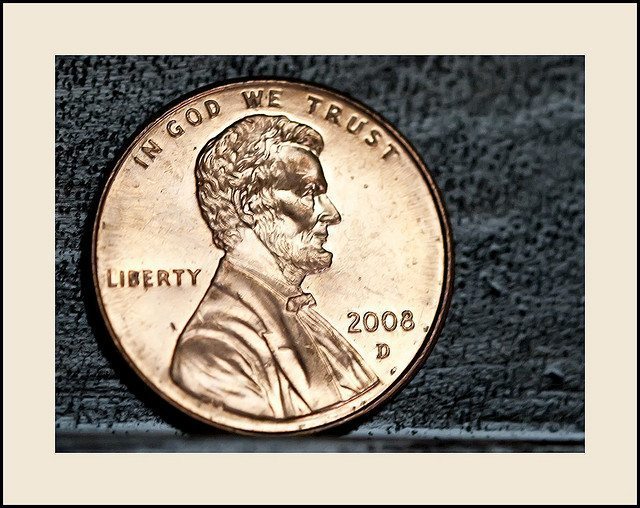How to improve your tax planning strategies
As the year draws to a close, now is the time to strategize and look at possible tax planning ideas. It is an opportunity to save money this year and going forward by possibly postponing income, accelerating dedications to reduce taxes or do the future changes in the tax law suggest recognizing income in 2014 to pay taxes this year as tax rates increase in the years to come. With so many decisions and strategies to consider, it’s best to determine a plan that fits your needs sooner than later, so schedule an appointment to discuss with your accountant or tax professional before the end of the year.
Here’s seven tax tips to help you make sense of it all.
1. Postpone, shift or defer income: Put a freeze on income by deferring to a later year, this can help you to minimize your current taxable income and tax liability. It is all about proper timing and having control over your income to help you take advantage of the tax laws and rules to reduce your income or shift the tax liability into a year where your tax rate may be more favorable.
2. Consider increasing your withholding: Business owners who earn significant income outside of their salary (W2 wages), which could be from dividend income, pension, gambling winnings, non-employee compensation or rental income from a 1099 series should consider increasing their withholding contributions to ensure that they cover their estimated tax payments and avoid the penalty for failure to make estimated tax payments.
3. Make end-of-year charitable donations:If you itemize your deductions, year-end charitable contribution or non-cash charitable donations during the holidays it is a great way to claim tax deductions. But make sure that the charity is a qualifying charity, maintain records and documentation, and special rules apply to donations such as a car, vehicle, plane or art work.
4. Consider prepaying 2015 expenses in 2014: Most business owners manage and review their financial statements using the accrual basis of accounting but utilize the cash basis for tax purposes for their business. This means that accelerating 2015 expenses before the close of 2014 will help to reduce your taxable income in 2014 on your tax return even if it is not an expense on your financial statements. The purchase will be deductible in 2014, if you pay in cash or charge on your credit card, even if the bill is not paid until 2015.
5. Offset capital gains by realizing capital losses: Capital losses can be used to offset capital gains. If you have shares of stocks that have depreciated in value, consider selling off these stocks along with holdings in appreciated stocks and investments to offset them against one another. The stocks and investments where you have suffered a loss will produce a capital loss while the appreciated ones will produce a capital gain. But remember that you have to pay attention to long-term versus short-term captain gains and losses.
6. Create a retirement plan: Fund your retirement through your business by creating a plan. Many business owners do not have a retirement savings account, but setting an account to take advantage of deductible contributions in 2014 can possibly reduce your taxable income and reduce your taxes. It is also a great vehicle to build wealth. There is a wide variety of plans, but you can consider a Simplified Employee Pension Plan (SEP IRA), Savings Incentive Match Plan for Employees (SIMPLE IRA), Self-Employed 401(k) Plan or a 401(k) Plan. The first three choices are well suited for small businesses with 10 or fewer employees. All of these plans offer certain tax advantages, it is best to include someone with retirement planning expertise to guide you through the process along with your tax advisor to determine which will work best for your business.
7. Section 179 deductions: Although the maximum amount that can be expensed under Section 179 in 2014 is back to $25,000, with the deduction phasing out when qualifying property placed in service during the year exceeds $200,000, it still presents an opportunity to deduct the costs of new or used tangible property used in your business.
Exploring some of these year-end tax tips while considering your short and long term goals can help you develop a strategy that better fits your needs and help to improve your overall tax position.
Article courtesy of Lioness Magazine.






